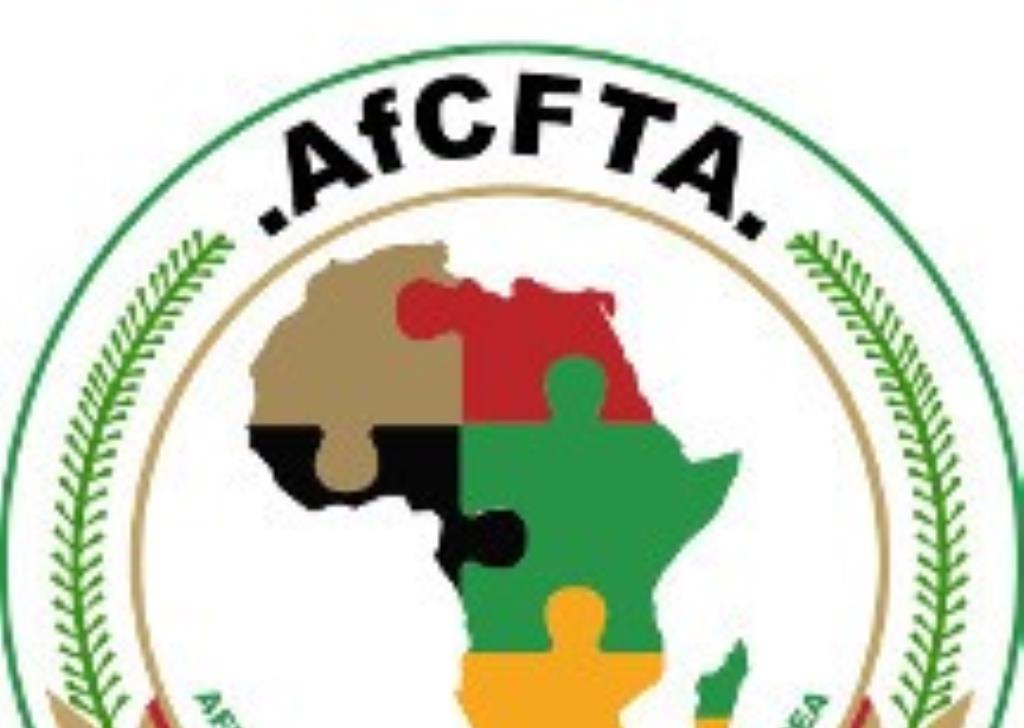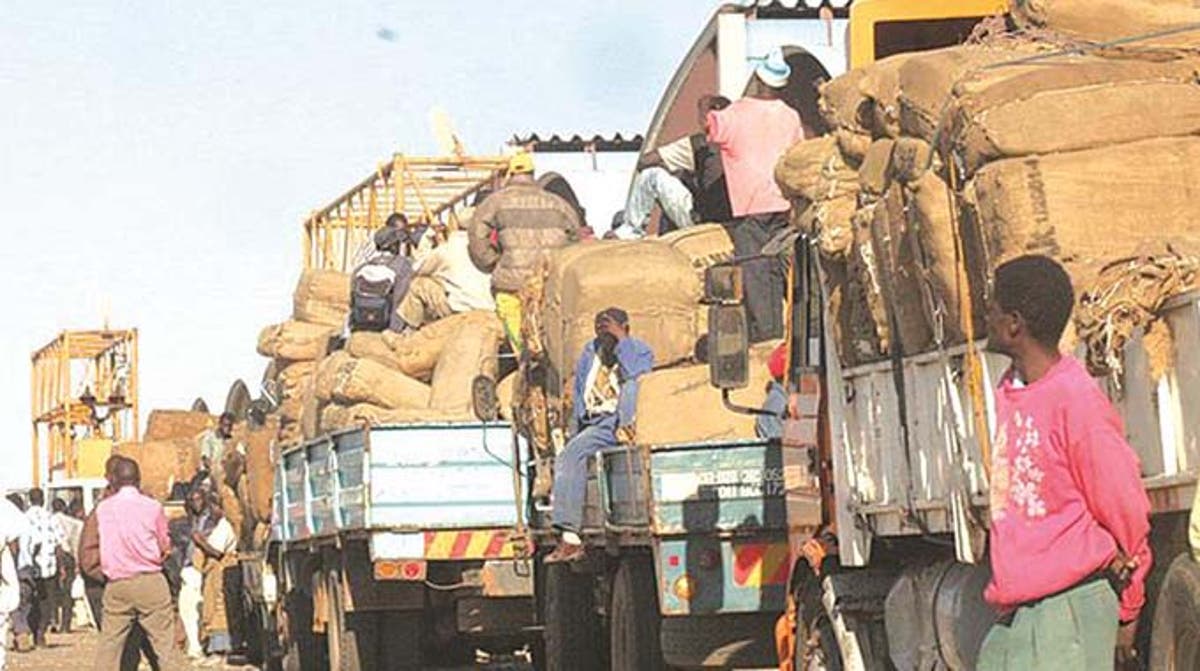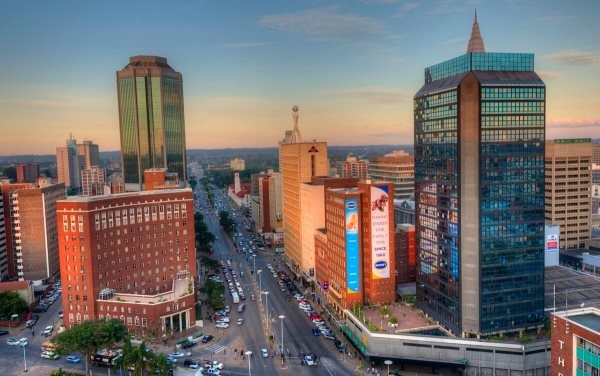$3,5bn budget vote too little for energy crisis
THE Energy and Power Development ministry has bemoaned its $3,553 billion vote for 2022, but says it will focus on increasing generation capacity and rural electrification, a senior government official has revealed.
The ministry has for the past years complained over underfunding of its main operations that include goods and services and non-financial assets.
In an interview with NewsDay Business, Energy and Power Development permanent secretary Gloria Magombo said the ministry was in dire need for funding to procure vehicles, office furniture, and equipment.
“The ministry received a total budget allocation of $3 553 865 000 in the 2022 national budget. Out of the availed budget, 68% was allocated to capital grants for the ministry’s parastatals, 20% was allocated to the use of goods and services, 10% to the acquisition of non-financial assets and 2% to compensation of employees,” she said.
“The budget allocated will go a long way to implement NDS1 [National Development Strategy 1] objectives and programmes of increasing generation capacity, increasing access to modern energy through rural electrification.”
Magombo said the funding from Treasury would be distributed to Zesa Holdings for Hwange 7 and 8 project ($1,7 billion), Zimbabwe Power Company (ZPC)/Zambezi River Authority ($350 million) and Rural Electrification Fund ($355 million), giving a total of $2, 405 billion.
She said while Treasury should be applauded for greatly improving budgetary provisions for use of goods and services in the 2022 budget, the allocation for the acquisition of non-financial assets remain woefully inadequate.
“The ministry is currently operating with a very aged fleet and maintenance costs are very high to keep these vehicles on the road. An addition of funds for the Ministry will be greatly appreciated,” Magombo said.
“The current year saw a marked improvement in that budgetary provisions have increased significantly followed by budgetary releases towards programs. The 2022 budget is expected to improve on the current situation to ensure programmes are fully implemented through timeous release of funds.”
She said the power outages being experienced were as a result of a myriad of challenges affecting the electricity supply industry.
Zimbabwe has a total installed capacity of 2 382 megawatts (MW) mainly from the ZPC and independent power producers.
The ministry secretary said Hwange Power Station, which is a baseload plant by design, had a capacity of 920MW, but is currently achieving an average of 350MW. The poor performance, she said, was due to the old age of the thermal power plant coupled with deferred maintenance.
The operation of all four thermal power plants in the country have become erratic and are subject to unplanned outages which have contributed to erratic power supply resulting in power deficits.-newsday










